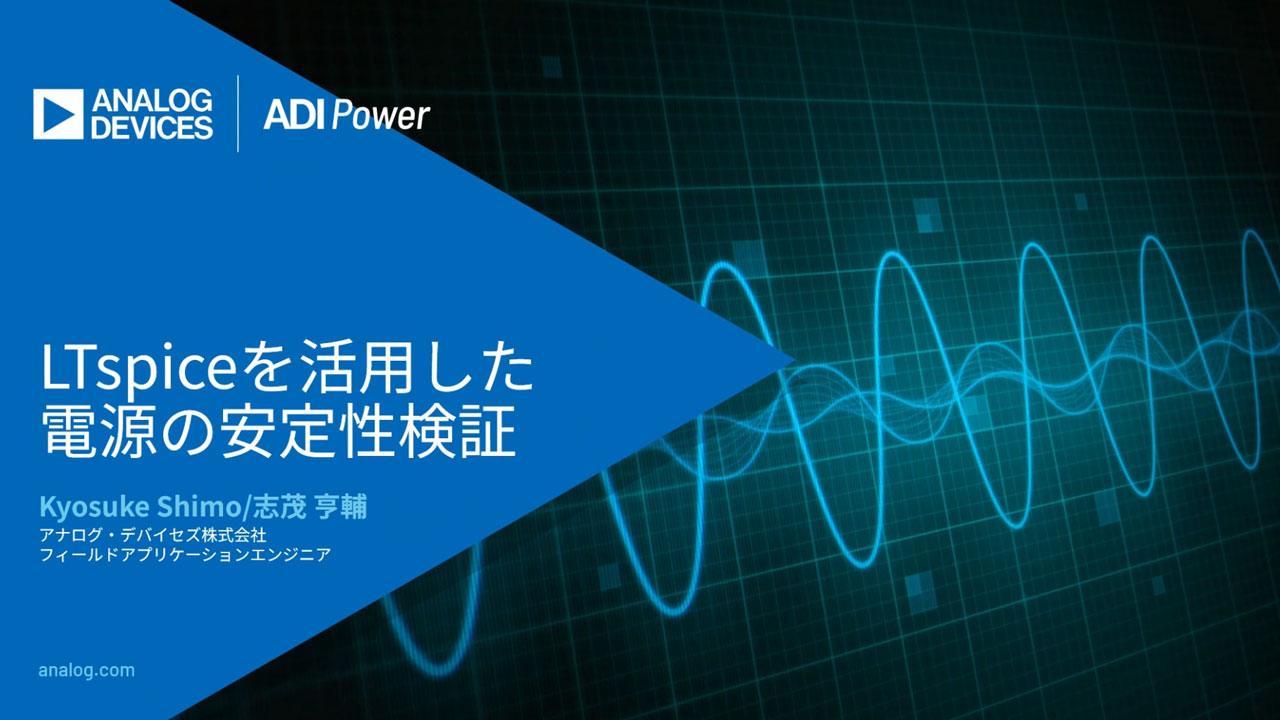DC2191A Upconverts the Output of the LTC2000
The DC2191A is a new demo board that provides an LTC5579 upconverting mixer at the output of the high speed LTC2000 DAC. The IF output of the DAC feeds a passive lowpass reconstruction filter which then drives the IF input of the upconverting mixer. This interface is simple and requires no DC level shifting.

Figure 1. DC2191A - LTC5579 Upconverting the output of the LTC2000
An upconverting mixer provides two main advantages. First, it allows generation of a higher frequency signal. In the case of the LTC2000, the IF output is typically at or below 1000MHz, so upconversion is required to generate an output signal above this frequency. Second, the process of generating output samples at 2500MHz will yield images of the IF signal at multiples of 2500MHz. So if this sample rate is used, IF signals near 1000MHz will also yield images near 1500MHz, 3500MHz, etc. The first image in particular will be difficult to filter out because of it’s proximity to the desired tone. Better image separation is realized by generating a lower frequency IF signal and then upconverting it with a higher frequency LO signal.
Compare the direct conversion case to the upconversion case. If we generate a 1000MHz tone in the DAC, the closest image will be at 1500MHz - not even an octave away. This image will be difficult to filter effectively. But if we generate a 500MHz tone and then upconvert it using a 1500MHz LO, the nearest image will be at 500MHz. This is a full octave away from the desired tone at 1000MHz.
To illustrate this, two different RF output frequencies were generated using a 2500MHz sample rate and a 500MHz IF output. The first case uses an LO of 2640MHz and yields an RF output signal at 2140MHz. The RF output level is –2.9dBm. Here the highest undesired spur is the upper sideband image at 3140MHz, at a level of –10dBm.

Figure 2. LO of 2640MHz yields an RF output signal at 2140MHz
In the second case an LO of 3100MHz was used to generate an RF output of –5dBm at 3600MHz. The lower sideband level is –3dBm at 2600MHz.

Figure 3. LO of 3100MHz generates RF output of –5dBm at 3600MHz
Clearly some adjustments can be made to the IF and LO frequencies to move the undesired products as far away from the desired tone as possible, as these plots show.




















